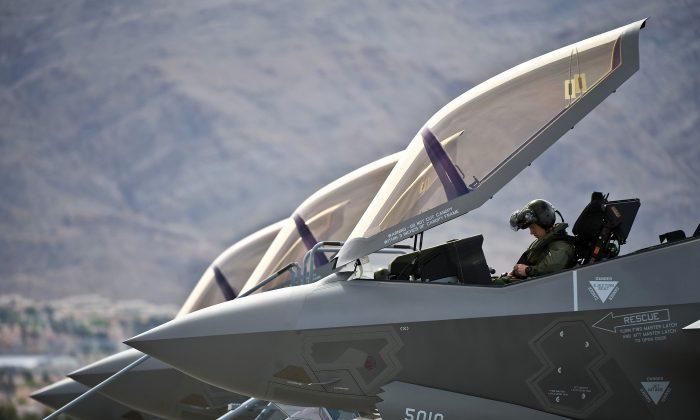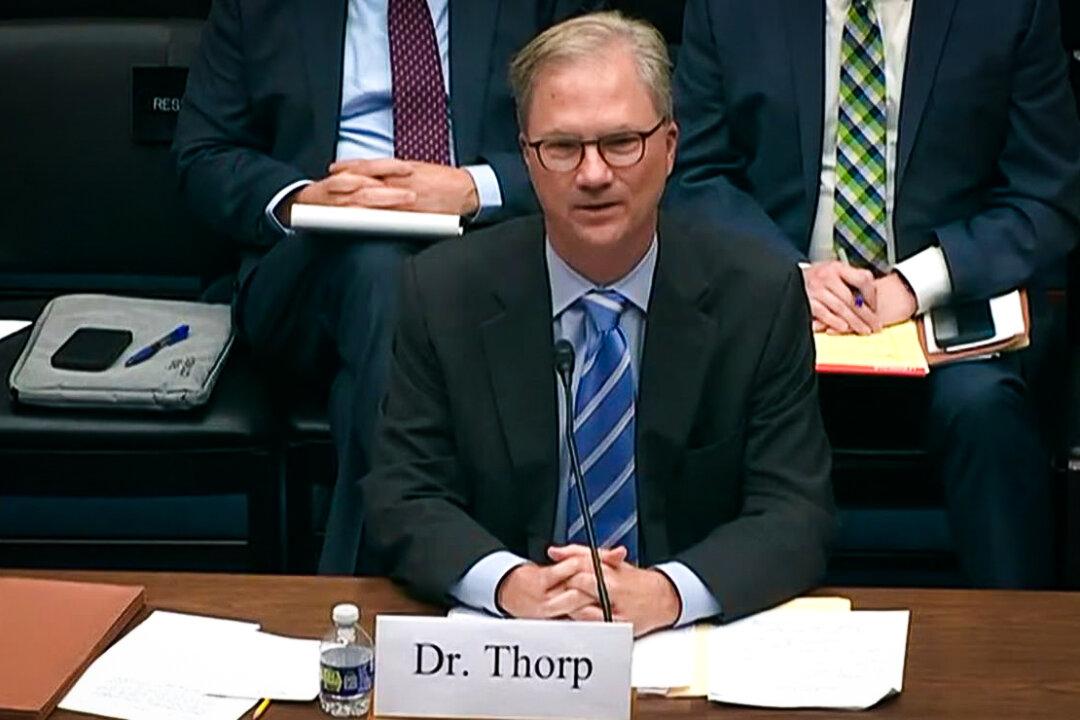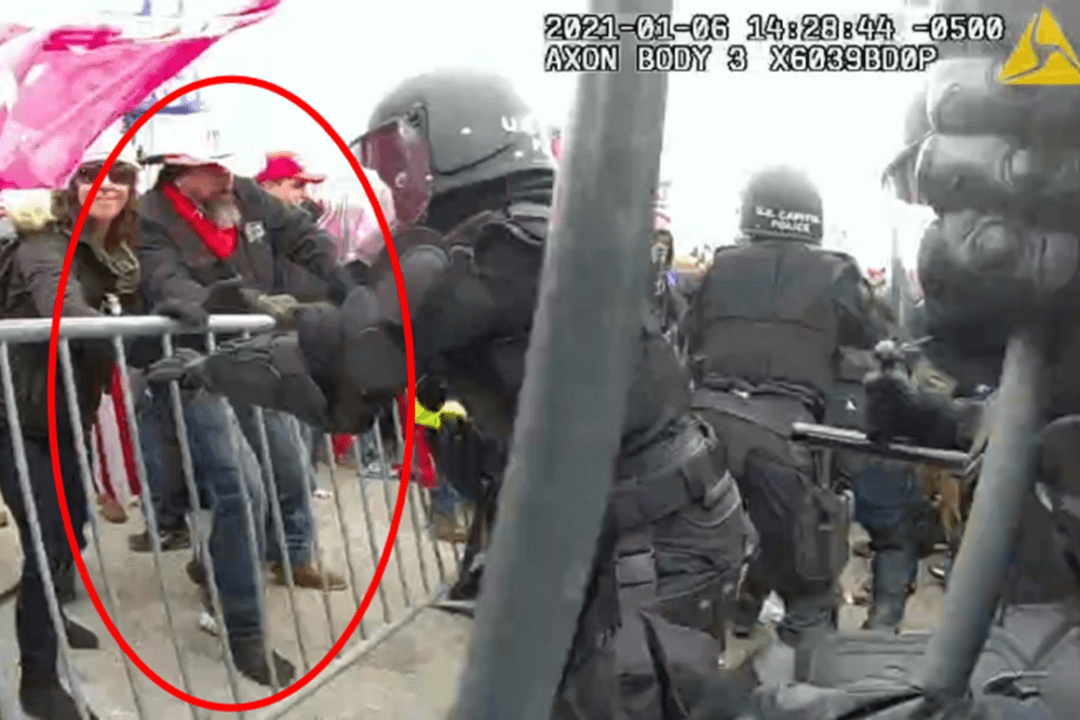F-35 fighter helmets are going to be in the United States.
Elbit Systems and its partner in the United States, Rockwell Collins, were chosen by the Pentagon and Lockheed Martin to make helmets for the F-35 Lightning II.
Lockheed Martin, the manufacturer of the F-35, said that it decided to halt development on an “alternate helmet” and focus exclusively on the one that will be produced by Elbit Systems and Rockwell Collins.
“The F-35’s Helmet Mounted Display Systems provide pilots with unprecedented situational awareness; all the information pilots need to complete their missions – through all weather, day or night – is projected on the helmet’s visor,” says the company.
“Additionally, the F-35’s Distributed Aperture System streams real-time imagery from six infrared cameras mounted around the aircraft to the helmet, allowing pilots to ‘look through’ the airframe.”
Israeli Defence Minister Moshe Yaalon lauded the move in a statement.
“I congratulate Elbit Systems on becoming a partner in this global flagship project to produce the world’s most advanced warplane,” said Yaalon.
“The choice of Elbit Systems to produce the pilots’ helmets is a vote of confidence in Israel’s defence industries and their people,” he added.
State-owned Israel Military Industries is already part of the F-35 project.
The helmet also features an improved night vision camera, new liquid crystal displays, automated alignment, and software enhancements.
The F-35 Lightning II is a 5th generation fighter, combining advanced stealth with fighter speed and agility, and advanced sensor information.
The jet gives pilots access to real-time battle space information and data collected by the jet’s sensors can be immediately shared with commanders at sea or on the ground.
Three variants of the F-35 will replace the the A-10 and F-16 for the U.S. Air Force, the F/A-18 for the U.S. Navy, the F/A-18 and AV-8B Harrier for the U.S. Marine Corps, and a variety of fighters for at least 10 other countries.
The variants are the F-35A Conventional Takeoff and Landing (CTOL), the F-35B Short Takeoff/Vertical Landing (STOVL), and the F-35C Carrier Variant.






Friends Read Free